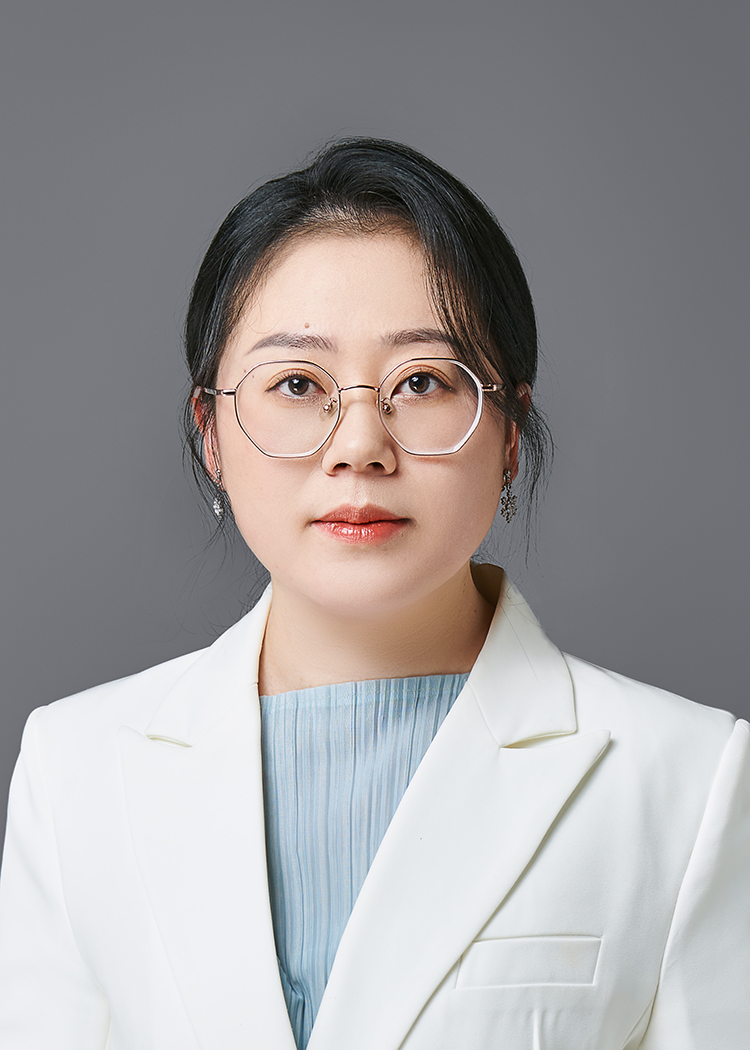Advances in Nanostructured Thin Films and Coatings
A special issue of Coatings (ISSN 2079-6412). This special issue belongs to the section "Thin Films".
Deadline for manuscript submissions: closed (30 December 2023) | Viewed by 44840
Special Issue Editors
Interests: micro/nano/2D materials mediated modern physics for the integrative innovation of information technology; biomedicine and new energy, including surface and interface controlled fabrication of nano/microstructure materials for biomedicine; new energy and industrial catalysis and information technology via novel programmed microfluidic process; template assisted nano-imprinting and varieties of inorganic–organic interface cladding processes at nano/atomic scale
Special Issues, Collections and Topics in MDPI journals
Interests: smart materials; surface and interface science; composites; self-assembly; sensors; pulsed electric field technique; electromagnetic functional material
Special Issues, Collections and Topics in MDPI journals
Special Issue Information
Dear Colleagues,
Advanced thin films and coatings represent a kind of solid interface with unique electronic, electric, magnetic, optical, thermal and mechanical properties with frictional, acoustic, catalytic and permeable properties with advanced applications in specific fields. They have become increasingly important in modern information technology, new energy, biotechnology and other industrial fields, being crucial in the theory and development of surface and interface science and in fabrication technology from the microscale to nanoscale and even atomic scale (e.g., ALD).
In particular, with advances in nanoscience and nanotechnology, different varieties of nanostructured thin films and coatings are being developed with unique electronic, electric, magnetic, optical, catalytic, thermal and mechanical properties. These are instrumental in achieving progress in the areas of information technology, biomedical engineering and new energy. Therefore, this is a fitting time to present a summary of the progress made in the field of nanostructured thin films and coatings. We are pleased to invite you and your colleagues to contribute to this Special Issue, which will be published by the well-established SCI-indexed journal Coatings. We welcome submissions either in the form of reviews on a particular topic (e.g., nanostructured thin films for solar cells) or recent original research results. We look forward to receiving your contributions.
Prof. Dr. Yujun Song
Dr. Qingwei Liao
Guest Editors
Manuscript Submission Information
Manuscripts should be submitted online at www.mdpi.com by registering and logging in to this website. Once you are registered, click here to go to the submission form. Manuscripts can be submitted until the deadline. All submissions that pass pre-check are peer-reviewed. Accepted papers will be published continuously in the journal (as soon as accepted) and will be listed together on the special issue website. Research articles, review articles as well as short communications are invited. For planned papers, a title and short abstract (about 100 words) can be sent to the Editorial Office for announcement on this website.
Submitted manuscripts should not have been published previously, nor be under consideration for publication elsewhere (except conference proceedings papers). All manuscripts are thoroughly refereed through a single-blind peer-review process. A guide for authors and other relevant information for submission of manuscripts is available on the Instructions for Authors page. Coatings is an international peer-reviewed open access monthly journal published by MDPI.
Please visit the Instructions for Authors page before submitting a manuscript. The Article Processing Charge (APC) for publication in this open access journal is 2600 CHF (Swiss Francs). Submitted papers should be well formatted and use good English. Authors may use MDPI's English editing service prior to publication or during author revisions.
Keywords
- micro-nanostructure
- thin films
- coatings
- surface and interface
- inorganic-organic composites
- 2D materials






